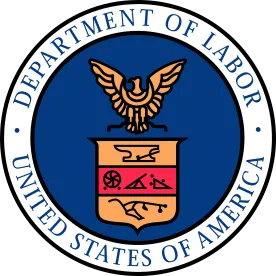A recently released case highlights the protection afforded by a retirement plan committee that takes its role seriously. In Scalia v. WPN Corp., No. 2:14-cv-01494, 2019 WL 4748052 (W.D. Pa. Sept. 30, 2019)), a Pennsylvania federal court ruled that the U.S. Department of Labor was wrong in its insistence that retirement committee members were liable under ERISA for failing to monitor the committee’s investment manager.
Key Facts
The retirement plan committee met quarterly, as follows:
-
June 2008: The committee learned that plan funds needed to move from one investment provider and trustee to another.
-
September 2008: The committee instructed its investment manager (a service provider with the authority to implement investment changes, as opposed to merely recommending investment changes) to transfer funds to new investments with the same asset classes and the same allocation percentages used by the plan at that time.
-
December 2008: The committee learns that the new funds were not reinvested as directed.
After the December quarterly meeting, the retirement committee continued to communicate with one another and the investment manager outside of its regular meetings about correctly investing plan assets through January 2019, and had internal discussions in January and February about firing the investment manager.
- The committee decided against firing the investment manager, and in March 2009, the funds were invested in accordance with the instructions given the previous September, after about a six-month volatile trading period that resulted in plan assets losing about $7 million in value.
It is not clear how much sooner the correction would have needed to be made to avoid this loss.
Why the Court Sided with the Committee
The DOL filed charges against the committee, claiming it breached its obligations to properly oversee the investment manager. The court disagreed the DOL’s position, finding that the committee members acted appropriately in using its standard processes (consisting of regular committee meetings and committee meeting reports) to monitor investments and the investment manager’s actions, until it recognized that its instructions were not followed, when the committee increased its level of oversight.
Worthwhile Takeaways from the Court’s Ruling
The DOL has traditionally promoted the use of proper procedures to fulfill fiduciary obligations and has consistently commented that plan administrators will not be judged on whether their decisions are “correct,” as much as they will be judged based on their ability to show their efforts to make prudent decisions. That makes the DOL’s position here somewhat curious.
The court expressed that once a committee has prudent procedures in place, the committee is not obligated to do more than is required by those procedures. This generally means that a committee is not expected to review every decision or action performed by a service provider or delegate. This ability to let issues or errors arise and be addressed through normal procedures changes once the committee is aware (or should be aware) of a problem, in which case the committee’s reaction should reflect the severity of the problem. In this case, the committee noticed a problem in December and immediately stepped up its oversight until the issue was resolved in March.
It is worthwhile to note that the DOL never contended that the decision to reinvest funds according to the 2008 investment allocation was a “correct decision.” And the court did not entertain the DOL’s contention that the committee should have fired the investment manager sooner, noting that the DOL did not explain what specific firing date would have avoided significant losses.
Our Conclusions
The DOL has traditionally promoted that it will examine fiduciary processes over the actual decisions that come out of those processes, and the court seemed to use this position to rule against the DOL. A prudent process of reviewing plan operations, if followed carefully and with regularity, will generally satisfy fiduciary obligations.




 />i
/>i
